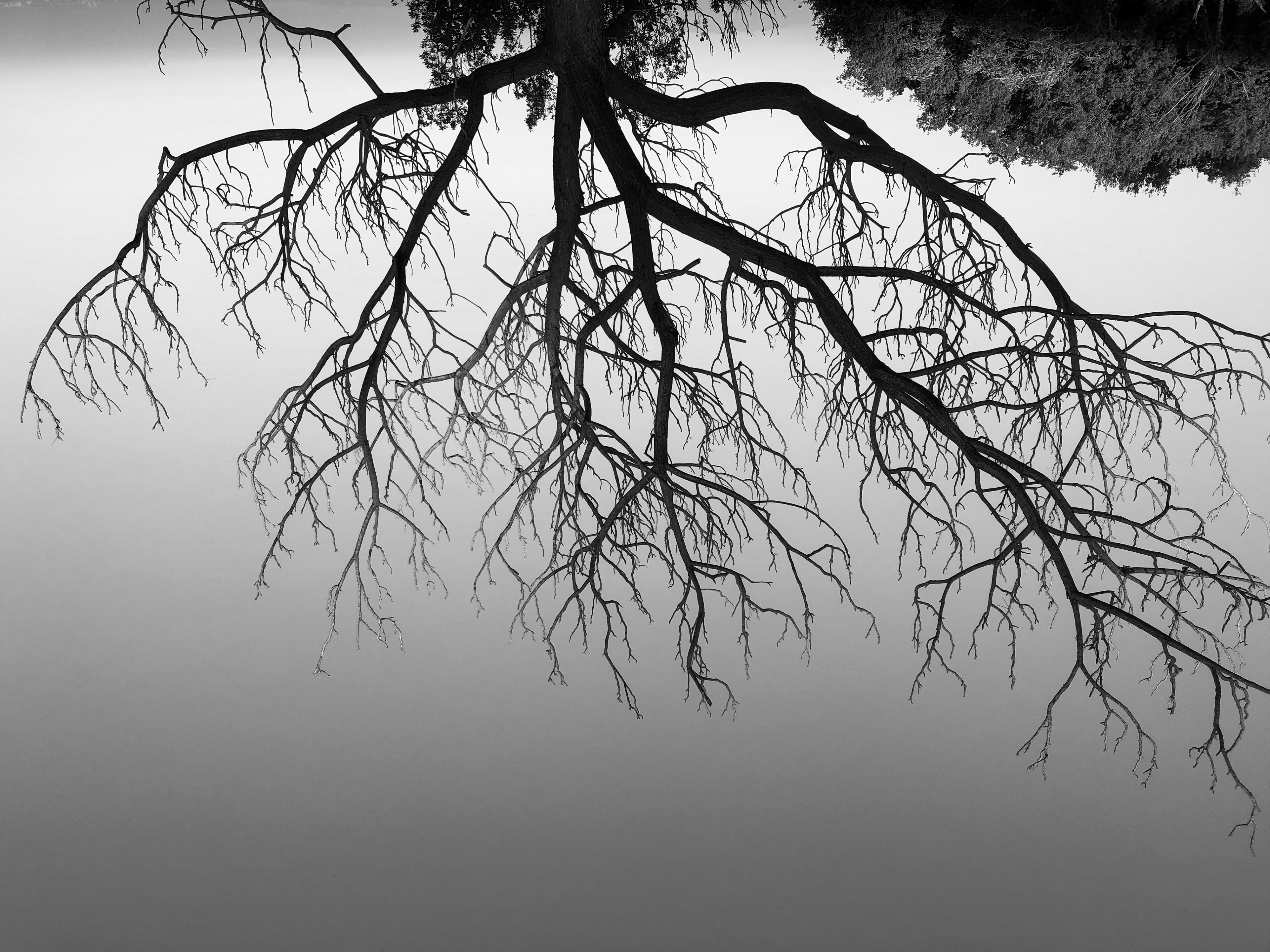The Essence of Fine Art Photography: A Journey Beyond Reality
Fine art photography transcends the documentary or commercial purposes of photography, aiming instead to convey an artist’s personal vision, emotion, or concept. Unlike traditional photography that often focuses on capturing a moment or providing a record of reality, fine art photography prioritizes creative expression and interpretation. It is a medium where the photographer uses the camera as a tool to craft images that resonate with their inner thoughts, much like a painter uses a brush or a sculptor uses clay. Each photograph is conceived and executed with the intent of being appreciated as a work of art, often with meticulous attention to composition, light, texture, and mood.
This genre allows for immense creative freedom, enabling photographers to manipulate reality or create entirely surreal worlds. Techniques such as long exposures, selective focus, or even post-processing manipulation play a vital role in translating their imagination into a visual form. The goal is not necessarily to replicate what the eye sees but to evoke feelings, provoke thought, or tell a story that might exist beyond the confines of a single image.
Fine art photography often intersects with other artistic disciplines, borrowing from the aesthetics of painting, sculpture, or even performance art. Themes can range from abstract concepts like time and memory to more tangible subjects such as human form, urban decay, or natural landscapes. It challenges viewers to look beyond the obvious, inviting them to engage with the image on a deeper, more personal level. Often displayed in galleries, fine art photography is meant to be pondered, interpreted, and discussed, much like any other form of high art.
Reflections of Silence: A Monochrome Reverie
The image portrays a hauntingly beautiful black-and-white scene that embodies the essence of fine art photography. A lone tree, its bare branches sprawling in intricate patterns, is captured in stark silhouette against a serene, reflective surface. The composition is strikingly symmetrical, with the tree appearing both upright and inverted, thanks to the stillness of the water beneath. This mirrored effect blurs the line between reality and abstraction, creating a visual tension that draws the viewer deeper into the frame.
The grayscale palette enhances the image’s stark simplicity, emphasizing texture and form over color. The contrast between the dark branches and the soft, pale background evokes a sense of quiet introspection. The negative space surrounding the tree amplifies its isolation, giving the photograph a minimalist yet deeply emotional quality. The inverted perspective forces the observer to pause and contemplate, transforming a simple natural scene into a profound artistic statement.
